8 Facts You Need to Know About Sea Urchins
Aug 27, 2015 • Kevin Christian L. Santos
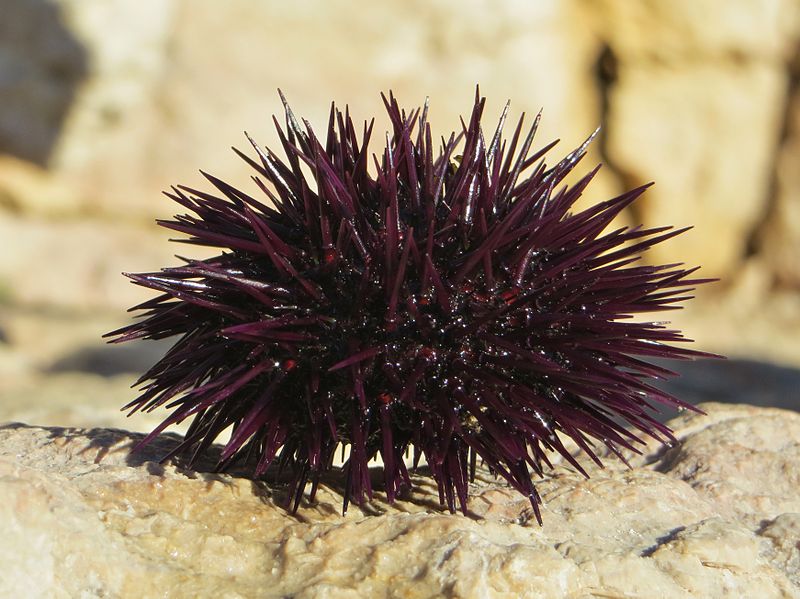
Aug 27, 2015 • Kevin Christian L. Santos
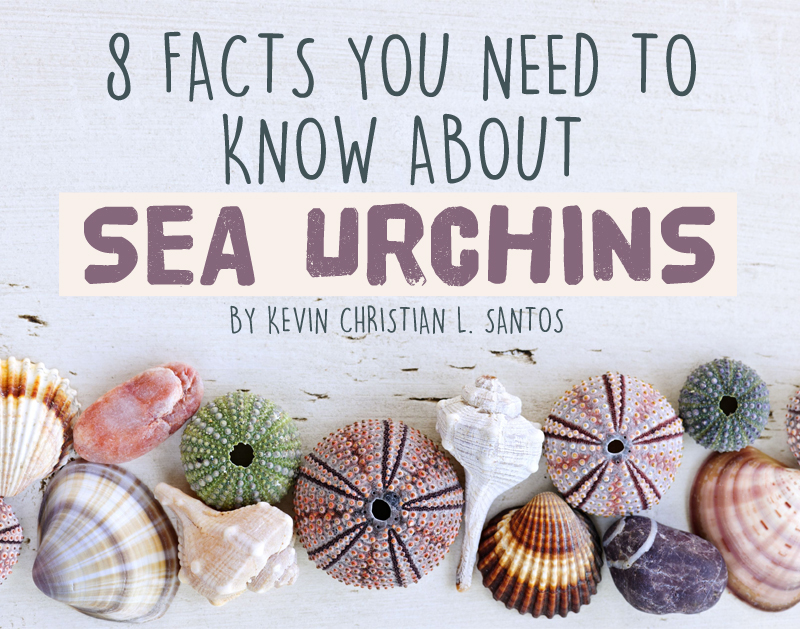 News about Miggy Ruiz’s passing has been making the rounds lately. The young tourist reportedly died while on vacation in Coron, after allegedly stepping on a poisonous stonefish. However, a statement from the victim’s boyfriend, Travis Millard, said that Ruiz had actually stepped on a sea urchin.
News about Miggy Ruiz’s passing has been making the rounds lately. The young tourist reportedly died while on vacation in Coron, after allegedly stepping on a poisonous stonefish. However, a statement from the victim’s boyfriend, Travis Millard, said that Ruiz had actually stepped on a sea urchin.
This will be my final statement concerning Miggy Ruiz. I’ve been very bothered by the different stories concerning his… Posted by Travis Navarro Millard on Sunday, August 23, 2015
Millard also attached a news article concerning another death after the victim contracted blood poisoning from stepping on a sea urchin. Given this unfortunate accident, what do we really know about these creatures?

 There are over 200 species of sea urchins (otherwise known as sea hedgehogs) and they come in different shapes and sizes. Their size typically range from 6 to 12 cm, but the largest species can reach up to 36 cm.
There are over 200 species of sea urchins (otherwise known as sea hedgehogs) and they come in different shapes and sizes. Their size typically range from 6 to 12 cm, but the largest species can reach up to 36 cm.

Most sea urchins have five calcium carbonate teeth and a tongue-like structure in its mouth (known as Aristotle’s Lantern). They mainly feed on algae found on corals and rocks, along with decomposing matter from fish and mussels.

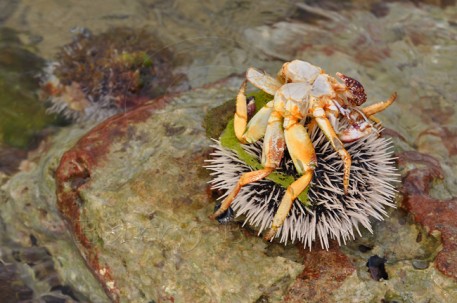
The spines of sea urchins typically measure 1 to 3 cm in length and 1 to 2 mm in thickness. These long and sharp spines and their claw-shaped structures called pedicellaria protect them from predators, and they also help in gathering food as well as keeping their body clean from debris.

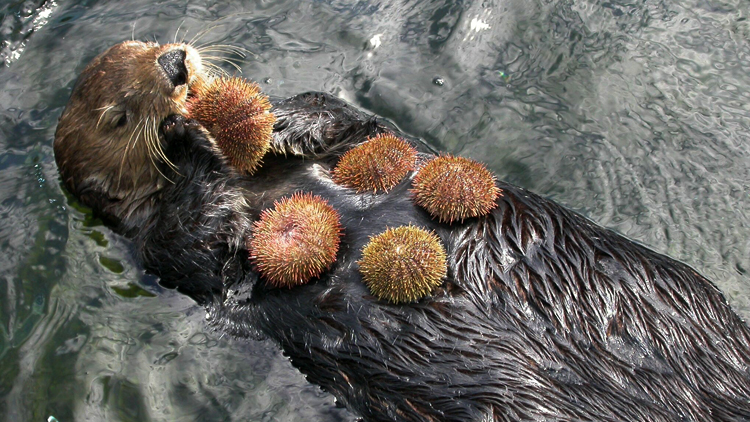
Some animals have special adaptations and power to tear through a sea urchin’s protective features. As such, sea otters, lobsters, crabs, triggerfish and wolf eels regularly dine on sea urchins.

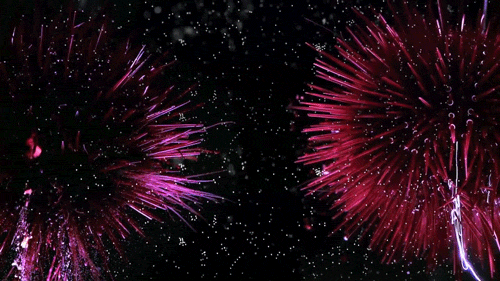
In spring, female sea urchins release their eggs into the ocean which are then fertilized by the sperm of male sea urchins. The process of fertilization to embryo happens within 12 hours. The embryo soon transforms into larva. After several months of development, the larva turns into an urchin.

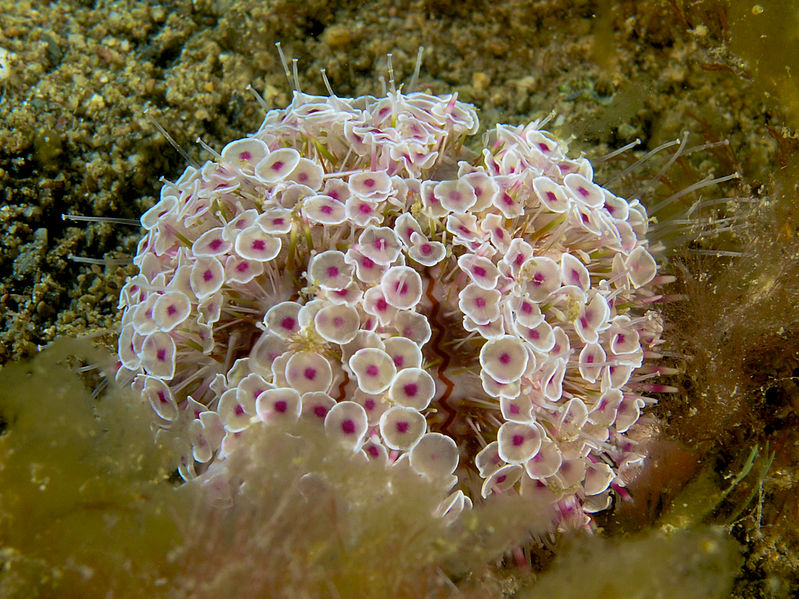
When the Guinness Book of Records calls the Flower Urchin the most dangerous urchin in the world, you know you shouldn’t be messing around with it. Commonly found in the Indo-West Pacific region, what makes the Flower Urchin deadly is its venom. The venom contains two toxins: Contractin A and Peditoxin. Contractin A can cause spasms and clumping of red blood cells while Peditoxin can cause convulsions, anaphylactic shock and death.

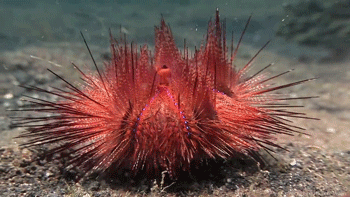

Though there are conflicting reports on the effects of urine on a sea urchin sting, experts recommend immersing the affected area in hot water for an hour to help alleviate the pain and break down the venom.
Use tweezers to carefully remove the spines in the wound. For removing pedicellarines, shave the area gently with shaving cream and a razor. If a spine can’t easily be removed or if it’s too close to nerves or blood vessels, have it surgically removed by a doctor. Once the spines and pedicellarines have been removed, rinse the area with soap and water. With any injury, it’s best to seek immediate and professional attention.
Know any other facts about sea urchins we should all be aware of? Share it with us in the comments section below!
Having a love for fart jokes and offensive humor, KC Santos isn't as mature an individual as he thought. He works as 8List.ph's social media manager while juggling migraines and occasional bouts of weeping. His passions include skateboarding, music, dinosaurs and scratching his nether regions.
Input your search keywords and press Enter.

1 comment